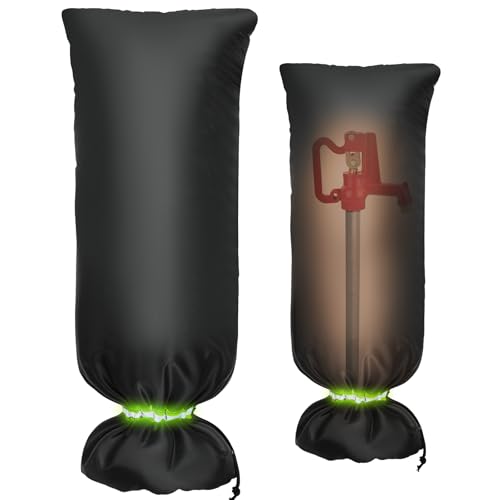Should I cover my outside faucet in winter? Why doing so could avert damage to your home
Frozen faucets cause more issues than not being able to water your plants. Discover why covering them may be helpful during frosts to keep pipes intact
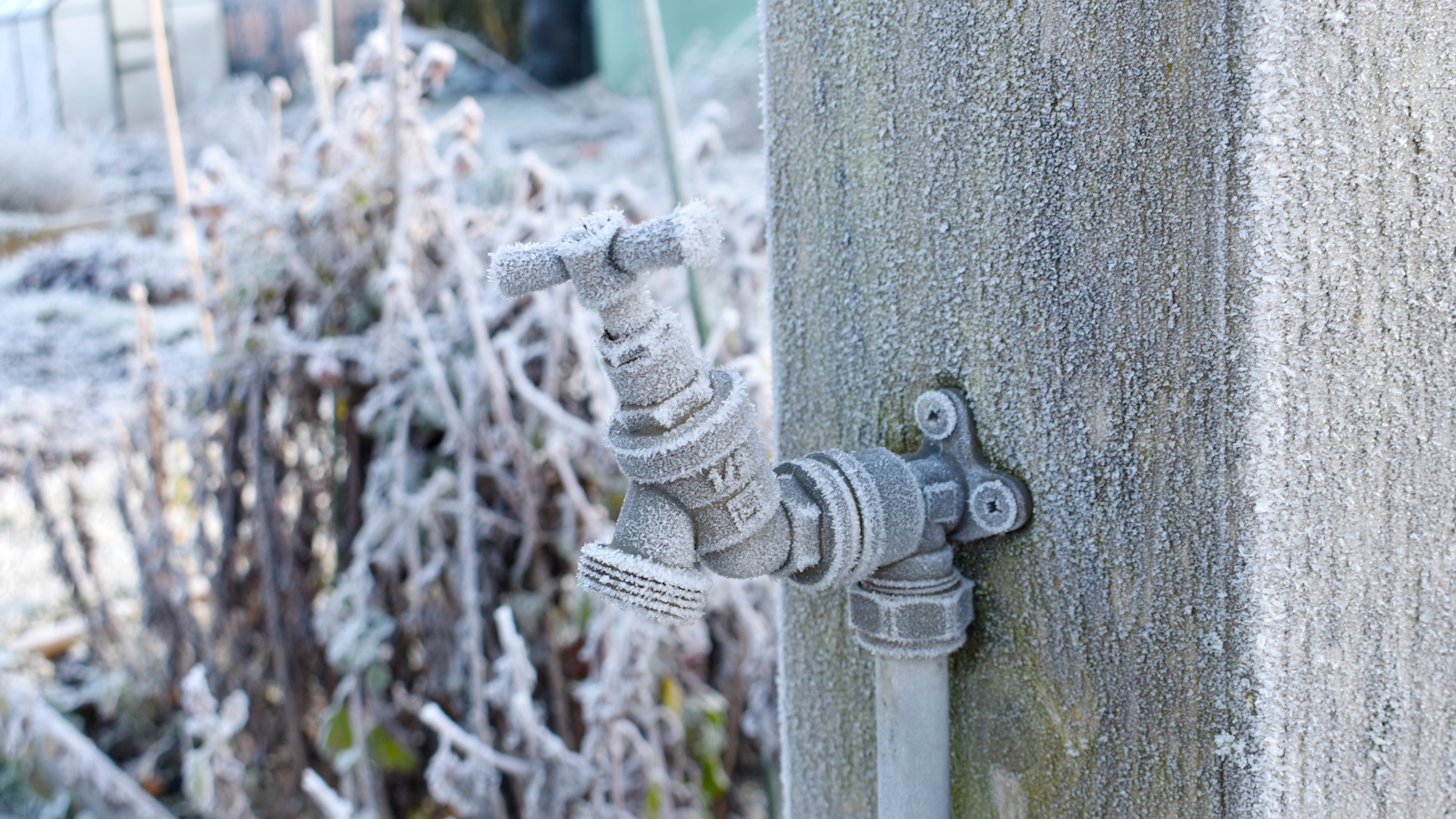

Even if you do not use your outside faucet in the winter, a frozen pipeline is often much more than a simple nuisance – at worst, it can burst, causing extensive damage. But will covering a faucet in winter help to avert disaster?
Protecting an outside faucet from freezing in winter is one of the best ways to help mitigate damage caused by burst pipes. If you can't let an outdoor faucet drip to prevent freezing or turn the water supply off at the mains, then covering an outside faucet is your next course of action to help protect your waterlines in winter.
As big freezes will hit this winter, especially in northern territories, experts explain when covering an outside faucet could be helpful, and what else you should be doing.
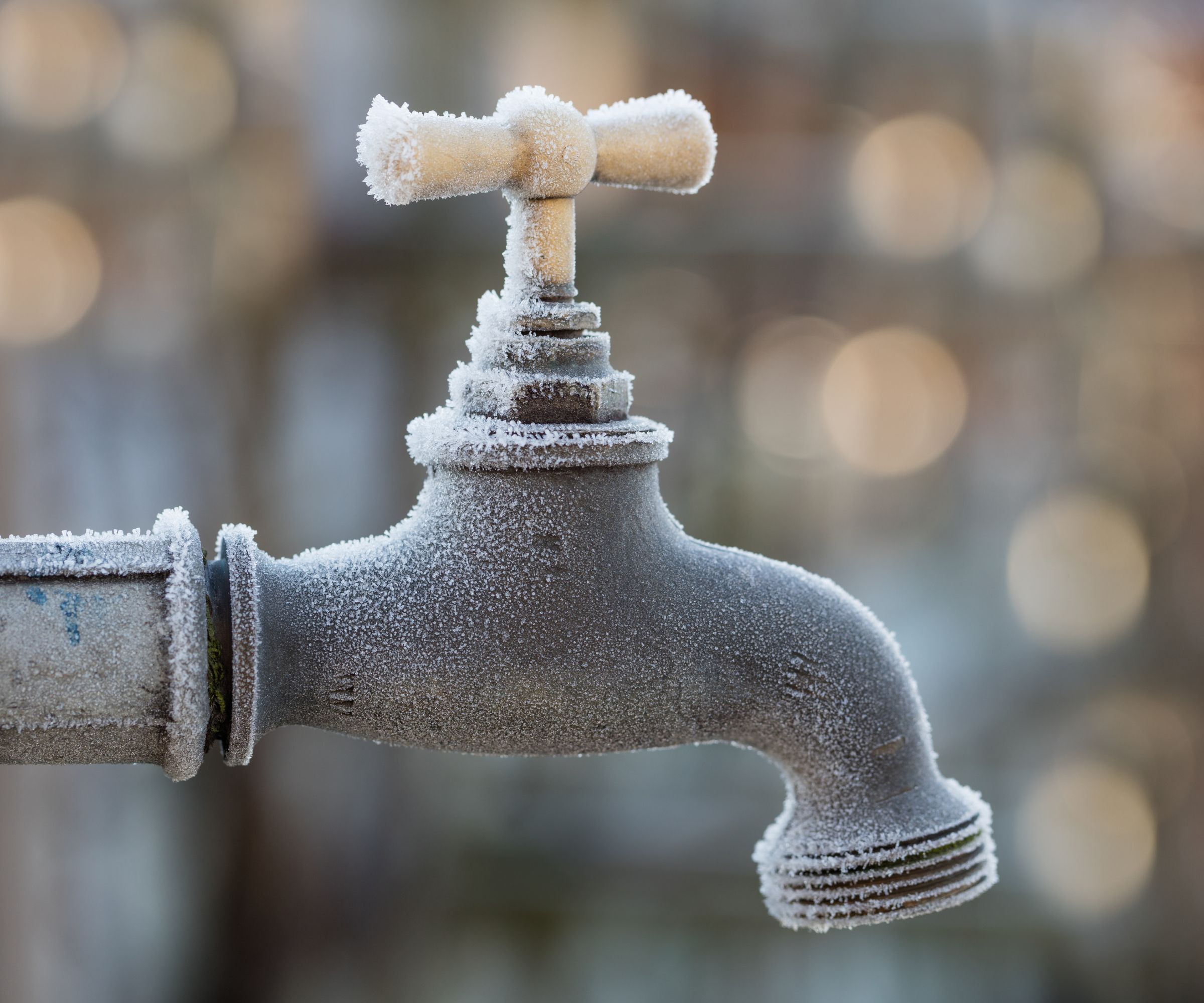
Should I cover my outside faucet in winter?
With freezing temperatures on the horizon, experts confirm that covering your outside faucet and exposed pipes will help to prevent some damage to pipework and infrastructure. If you are able to turn your faucet off, however, a cover might not be necessary.
Why covering an outside faucet can be beneficial
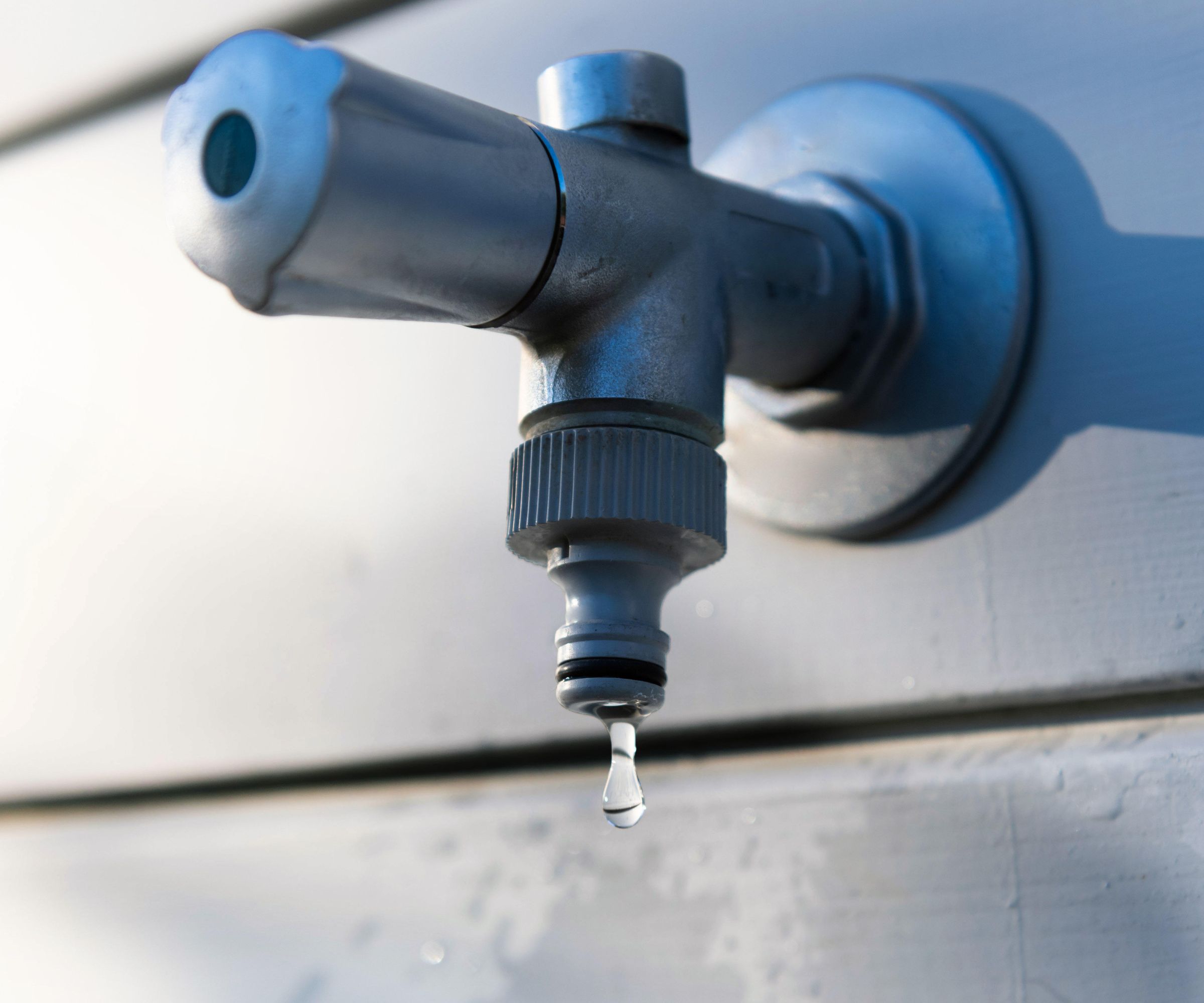
It is always a good idea to have another layer of protection when it comes to avoiding freezing pipes and faucets, but Jake Romano, general manager at John the Plumber, based in Ottawa warns it shouldn't be your only long-term solution.
'Depending on how cold your climate can become, an insulated cover is only going to buy you time,' he says.
If you are not used to sudden frosts and cold snaps, then it may seem impractical or just another chore to cover faucets and pipework whenever the weather cools down, however, a cover is certainly a better solution than leaving faucets and pipes exposed.
Jake Romano is general manager at plumbing solutions business, John the Plumber, servicing the entire Ottawa area.
How to cover an outside faucet properly
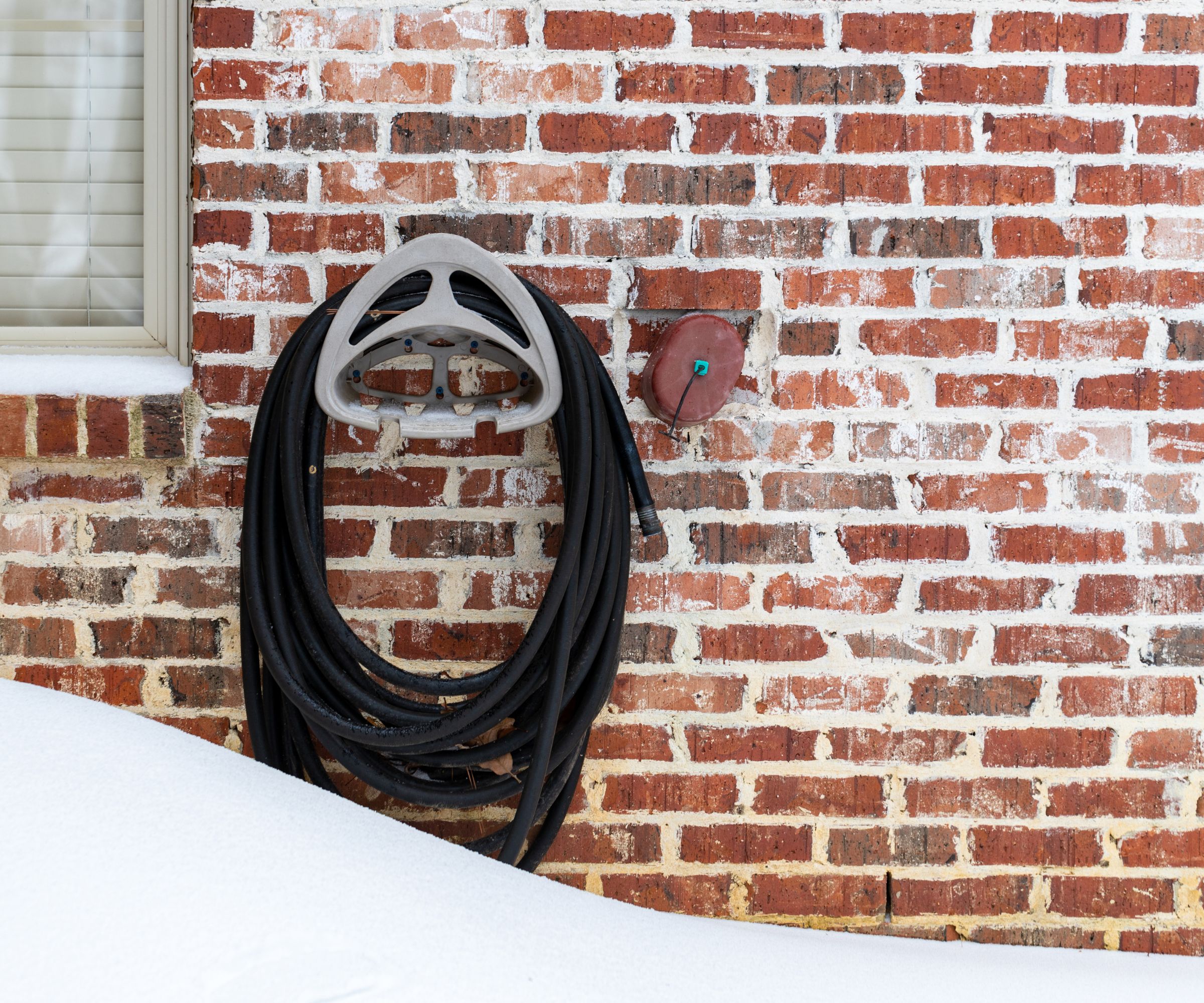
Covering a faucet is often one of the last steps in winterizing a house and simply requires wrapping the pipe and faucet tap in an insulated bag or sock, such as this faucet cover from Amazon, or containing it within an insulated box, such as this Rocky Mountain Goods faucet cover available on Amazon, to help protect the metal and plastic from the freezing cold.
When sealed correctly, a faucet cover traps heat around the tap, preventing the formation of frost on the metal and plastic, and from the resultant cold traveling down the pipeline.
'While a single insulated cover is often enough in mild climates, those living in very cold temperatures for an extended amount of time may want to pack the inside of the box or bag with extra insulation, such as wool, bubble wrap or straw for added protection,' Rachel Bull, Head of Gardens at Homes & Gardens.
It is possible to make your own insulating cover if needed, but it is not the best long-term fix. Simply wrapping an old shirt, blanket, or cloth around the faucet and securing it with a plastic bag and strong tape can help take some of the pressure off of the faucet and prevent a build-up of biting frost. Store bought options are a more efficient option, however.
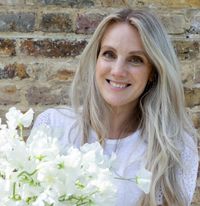
Rachel is a gardening writer, flower grower and floral designer. Her journalism career began 15 years ago on Country Living magazine, sparking a love of container gardening and wild planting. After more than a decade writing for and editing a range of consumer, business and special interest titles, Rachel became editor of floral art magazine The Flower Arranger. She then trained and worked as a floral designer and stylist in London for six years, before joining the Homes & Gardens team.
Shop faucet covers and frost protection
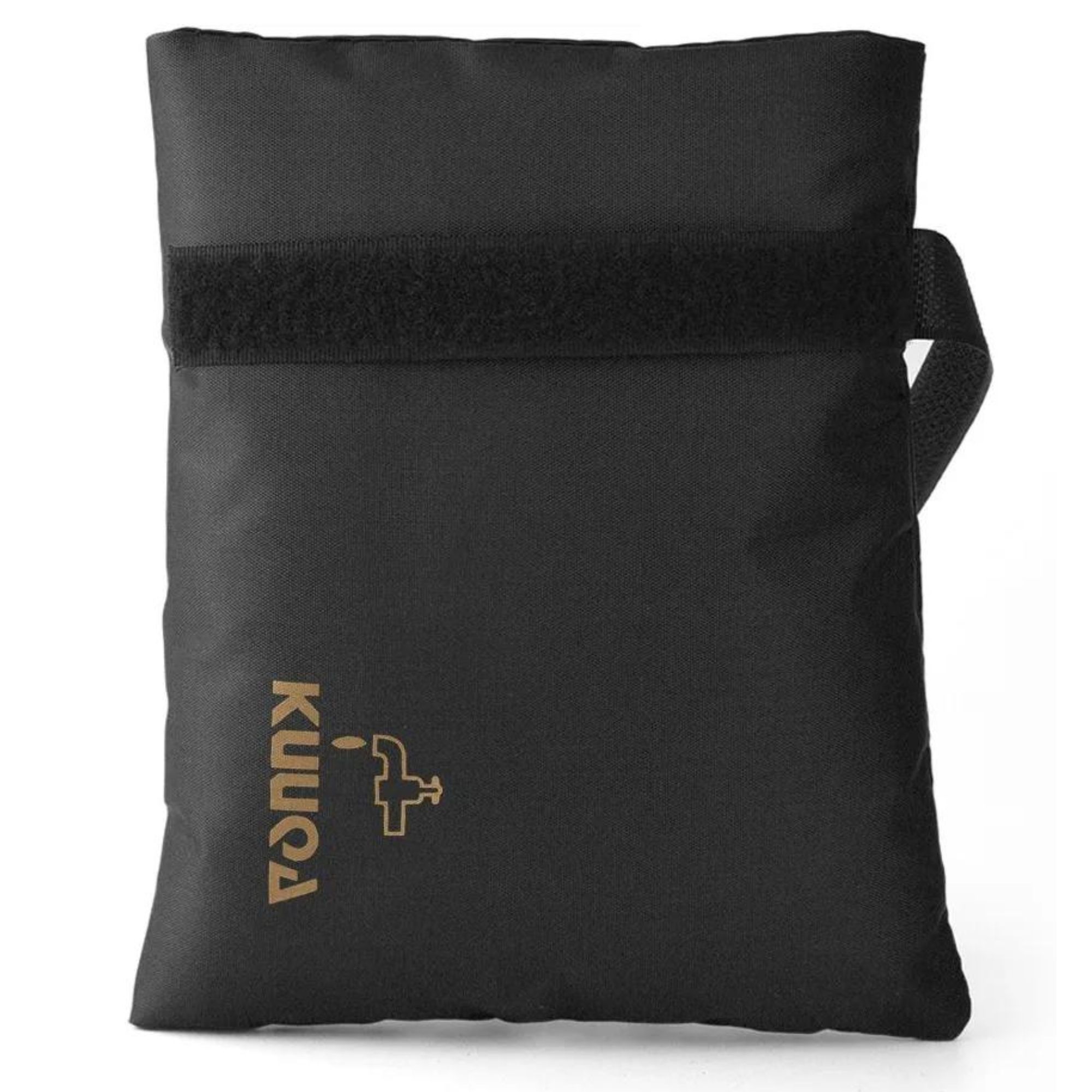
Protect your outdoor faucets from freezing with this low-cot insulated bag to help prevent costly repairs. It has an easy to use design with a strap, meaning you can quickly remove and re-install whenever needed.
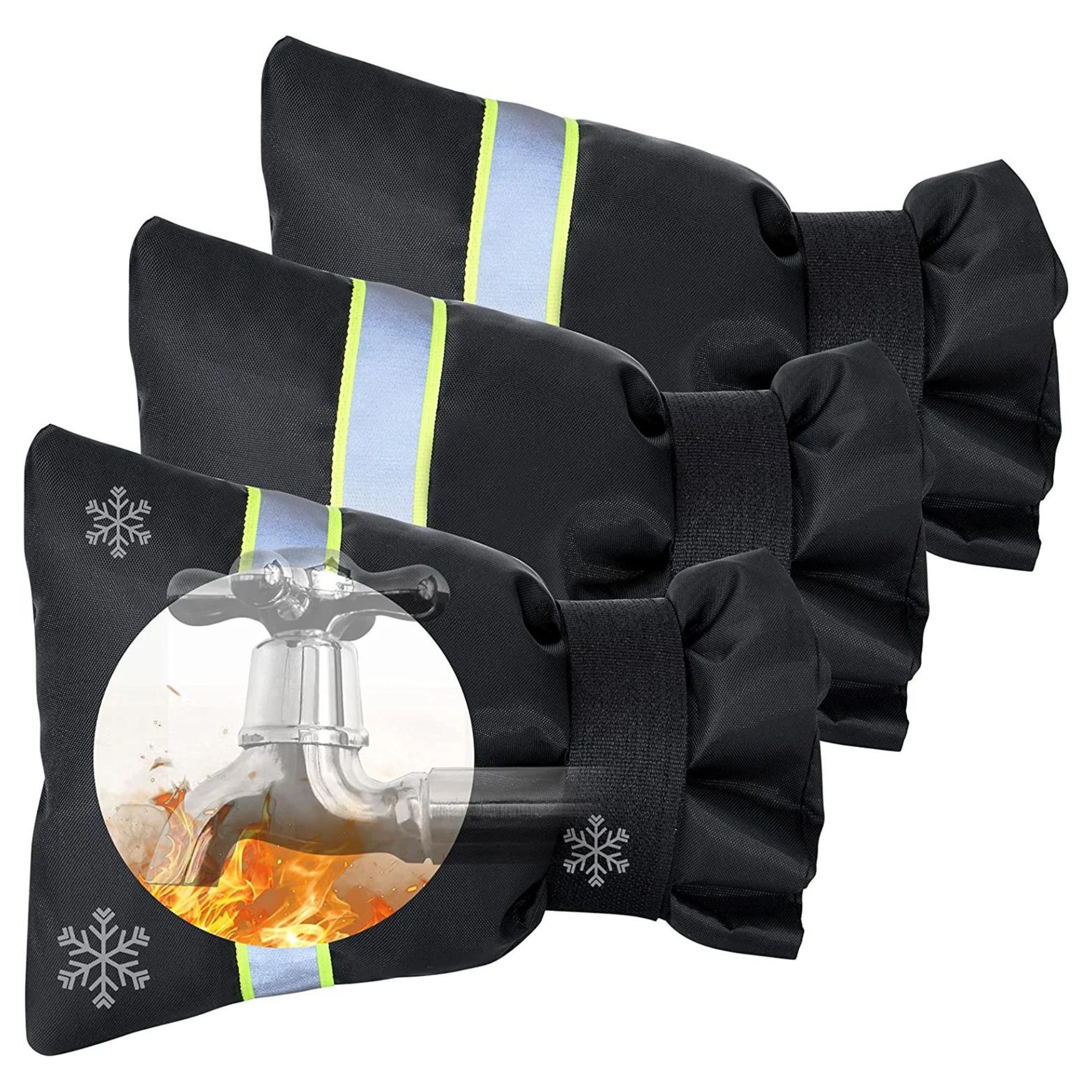
This three pack of faucet covers have reflective strips and insulating cotton in the middle, perfect for heat preservation. The cover can effectively resist severe cold weather to make sure your outdoor faucets free of corrosion, rust and frost.
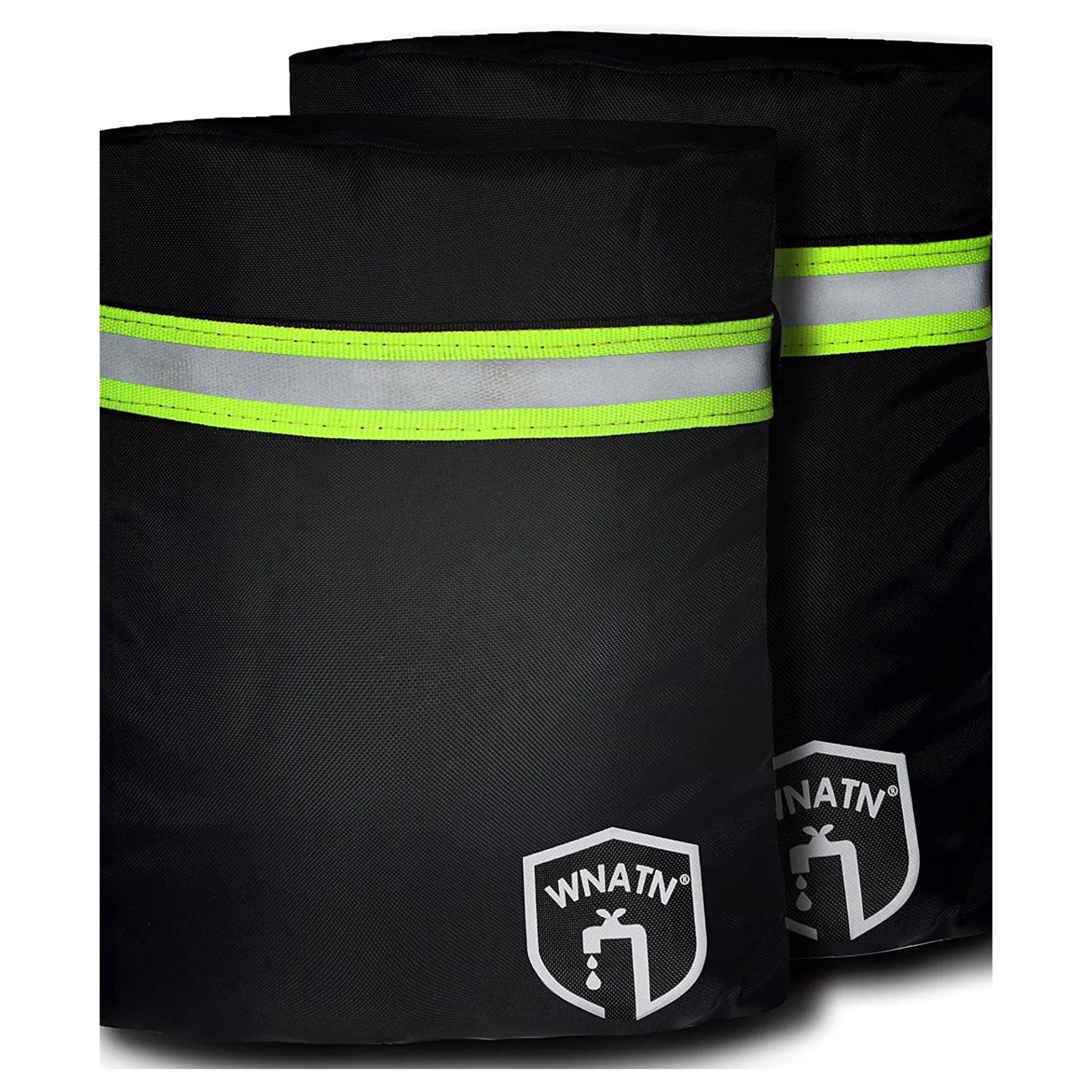
These outside spigot covers are made of heavyweight polyester pongee waterproof fabric and insulated cotton. They will keep wind, frost, rain, and snow away from your metal faucets to protect them from freezing and cracking in sub-zero temperatures.
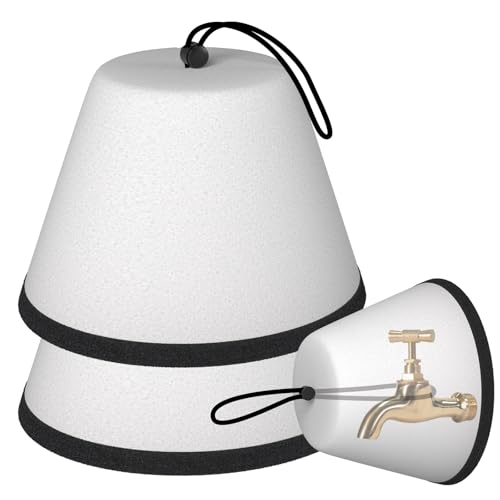
Designed for convenience, these covers simply slip over the outdoor faucet and are secured by tightening the drawstring. Made from lightweight foam, they will also protect from rain and corrosion.
Is covering an outside faucet the only option?

According to those in the know, understanding how to properly winterize an outside faucet is the key.
'If you properly close your outdoor faucet for the winter, then you shouldn't have any problems,' says Jake Romano. 'Properly closing your outdoor faucet means shutting the water supply shutoff valve inside your home that supplies water to the outdoor faucet, then opening the outdoor faucet to drain the water from the line.
'The reason you want to do this is the freezing temperatures can travel through the faucet and into the water pipe. If the water inside the pipe freezes, it will expand. If it expands enough, the pipe will split or burst, and you'll have to deal with a flooded basement.
Jake warns that with or without a protective winter cover over your outdoor faucet, not winterizing the system properly is a gamble.
You should consider winterizing and covering a faucet once temperatures begin to drop below 28ºF for three hours or more at a time.
FAQs
Is it better to drip outside faucets or cover them?
Whether or not you drip or cover your faucets will depend on your individual circumstances. If you do not want to spend extra money on a high water bill, or you are able to isolate your exterior faucet from the mains water supply, then covering the faucet will likely be better for you. If you can drip your faucet, however, then it may be more effective in protecting your pipework from over-expansion.
How do you winterize exterior faucets?
Winterizing an exterior faucet should begin with turning the shut-off valve and draining the water from the faucet pipes. This will help to prevent pipes from over-expanding by removing any water. If you can't turn your faucet off for whatever reason, then it is best to leave your faucet to drip slowly to keep water moving in the pipes over winter as moving water is harder to freeze than still water.
Once you're clued up about whether you need to cover your outside faucet in the frost, you might want to check our guide to winterizing a house, and avoid any other potentially costly issues that can arise as a result of a cold snap.
Sign up to the Homes & Gardens newsletter
Design expertise in your inbox – from inspiring decorating ideas and beautiful celebrity homes to practical gardening advice and shopping round-ups.

Rachel is a gardening writer, flower grower and floral designer. Her writing career began on Country Living magazine, sparking a love of container gardening and wild planting. After more than a decade writing for and editing a range of consumer, business and special interest titles, Rachel became editor of floral art magazine The Flower Arranger. She then worked as a floral designer and stylist for six years, before joining Homes & Gardens. An expert in cut flowers, she is particularly interested in sustainable gardening methods and growing flowers and herbs for wellbeing. In summer 2024, she was invited to Singapore to learn about the nation state's ambitious plan to create a city in nature, discovering a world of tropical planting and visionary urban horticulture.
-
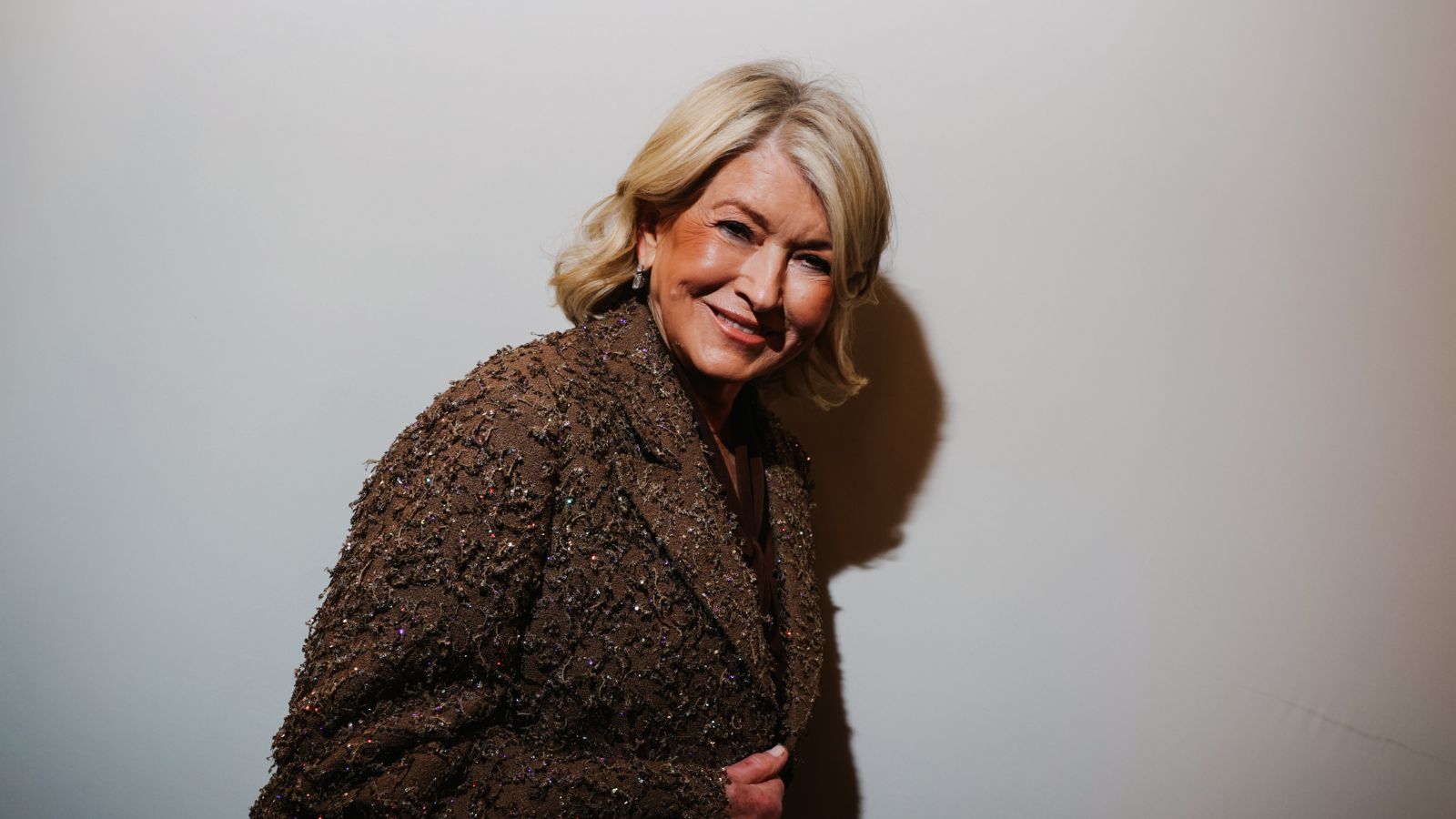 I just found the perfect mid-century-style chair – it's the most stylish piece I've seen by Martha Stewart (and miraculously under $330)
I just found the perfect mid-century-style chair – it's the most stylish piece I've seen by Martha Stewart (and miraculously under $330)I fell in love with this accent chair even before I realized it carries Martha Stewart's name – it's the most unmissable deal on the internet right now
-
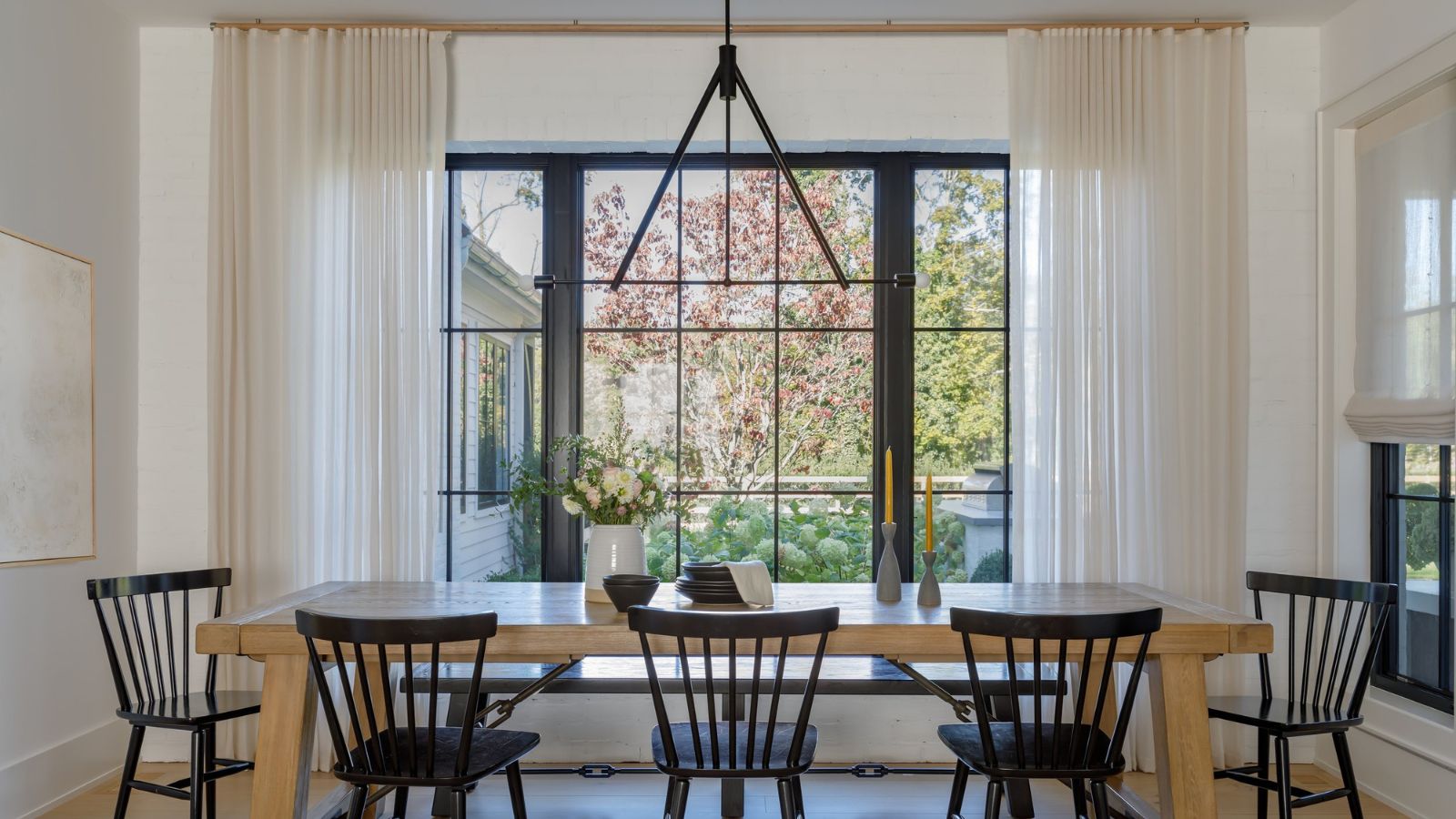 I’ve saved money by swapping pungent commercial window cleaner sprays for this gentle, effective and luxury-smelling DIY recipe
I’ve saved money by swapping pungent commercial window cleaner sprays for this gentle, effective and luxury-smelling DIY recipeYou don’t even need vinegar
